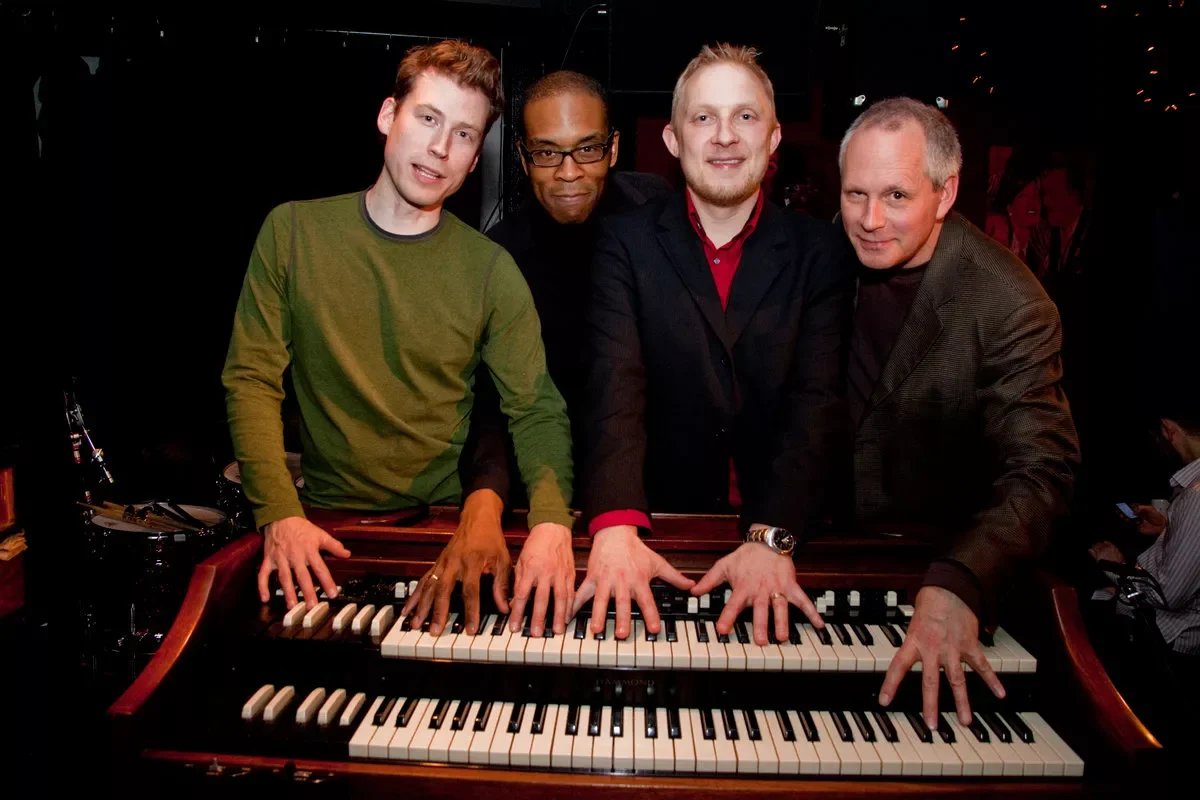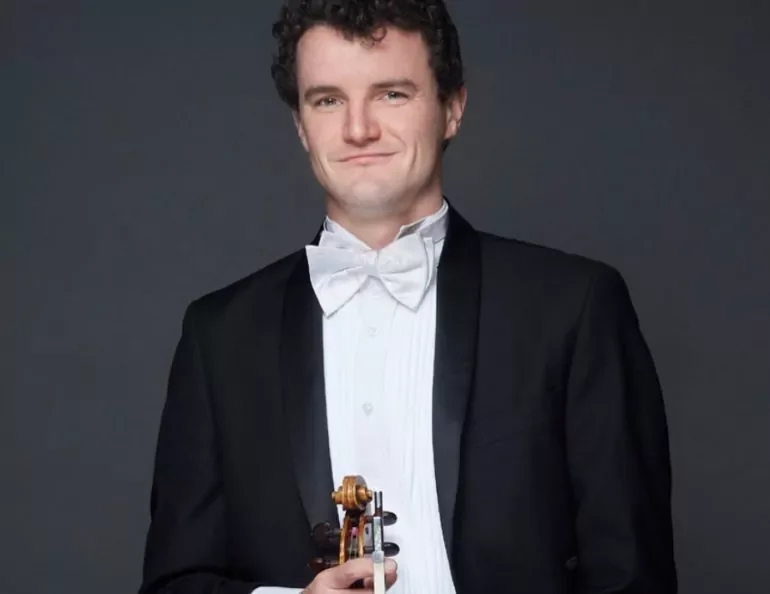Music review: Vancouver Symphony Orchestra's triumphant season opener took listeners from depths of despair to euphoric heights
Thorvaldsdóttir’s astounding rallying cry for the climate crisis met Mahler’s demanding Sixth
Maestro Otto Tausk led the orchestra from fragility to bombast in the season opener.
Maestro Tausk Conducts Mahler’s Sixth was at the Orpheum on September 16
THE VANCOUVER SYMPHONY Orchestra’s 2023-24 season opened with a whimper and ended with a bang on the weekend, in a program that paired an extraordinary textural work by contemporary Icelandic composer Anna Thorvaldsdóttir with the layered romance and bombast of Gustav Mahler’s Symphony No. 6 in A minor.
Thorvaldsdóttir’s Catamorphosis, as described in the composer’s note, was inspired by “the fragile relationship we have to our planet [and] the fact that if things do not change it is going to be too late, risking utter destruction—catastrophe”.
It’s an astounding piece that coaxes sounds and textures from the orchestra to create a portrait of natural beauty—splintering icebergs, streaming light, scuttling forest creatures—with an undercurrent of deep fear and unease.
It begins with faint scratching, groaning sounds achieved with unconventional methods; the scraping of chains and fingernails on drums; scraping paper over harp strings. Woodwinds blow pitch-less air, clicking tongues and keys soundlessly. (It’s worth peeking at the score, available online, for a deep dive.)
The soundscape continually shifts in texture and sound, moving from percussive repetition to sustained notes of pure harmonic beauty that shift, with stomach-lurching glissandos, into something more sinister. There are deep rumblings that feel like the shift of tectonic plates, ethereal fluttering flutes and violins that evoke flight, and insistent horns that warn of impending doom. Maestro Otto Tausk led the orchestra through its landscape with thoughtful care during the 20-minute work, leaving the audience utterly entranced.
After intermission came the headliner of the evening: Mahler’s sixth symphony, nicknamed the “Tragic” (despite being written at a time of personal happiness) for its deep pathos. And for the launch of a new season, selecting the piece by a composer whose richly layered works give every member of the orchestra a meaty part to sink their teeth into was a terrific choice. Once the audience members had taken to their seats, the orchestra plunged into the crisp opening march of the opening “Allegro” movement.
No gentle introductions here—the work dives straight into the fray with propulsive force, conjuring images of battle, struggle, and tension, punctuated with moments of indulgent romanticism. To follow the “Allegro”, Tausk opted for the lush “Andante” movement rather than the “Scherzo”, as originally written. (The order was later reversed by Mahler—and reversed again, according to a controversial telegram from his widow, Alma, making either option kosher.)
Positioning the movements in this manner allowed for a soothing respite from the tumult of the “Allegro” with the lullaby-like “Andante”—albeit one which transforms into a swelling, sobbing lament.
Moving into the propulsive “Scherzo” next, with its dramatic swells and neck-wrenching tempo changes, kept the energy building into the finale: “Allegro Moderato”, with its famous “Mahler hammer” blows—two (or sometimes three) heart-stopping thuds delivered by way of a giant wooden hammer.
At 100 minutes, the piece is a marathon for the players, as well as the listeners, but the VSO was well up to the challenge. By the last cymbal crash and the final three timpani blows, the audience was on its feet, having been carried through the depths of despair to euphoric heights, and back again. Between Thorvaldsdóttir and Mahler, it was a triumphant evening that not only showcased the tremendous skill of our symphony orchestra, but also served as a kind of cathartic rallying cry for an age of climate anxiety.













